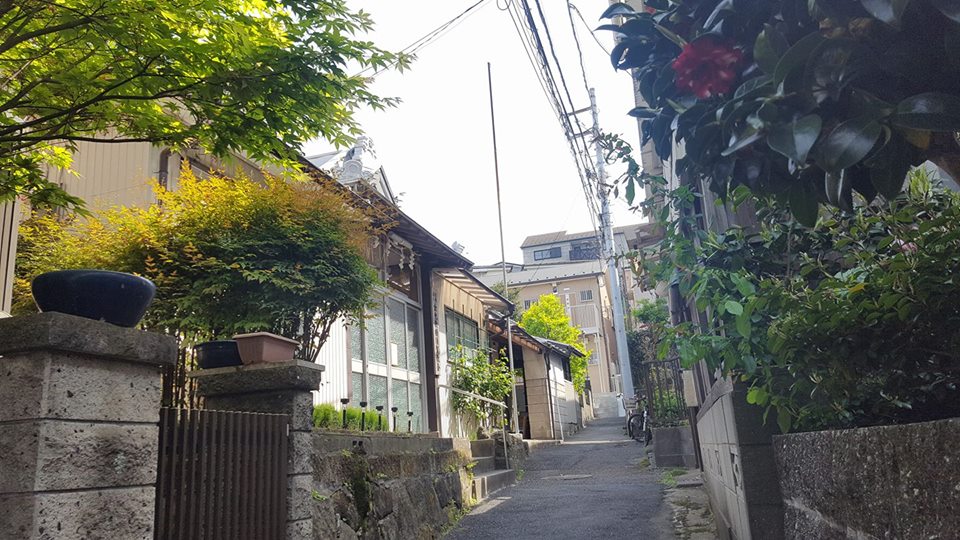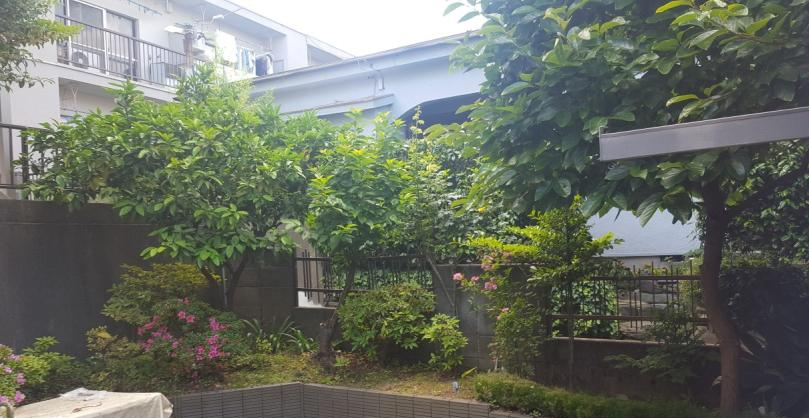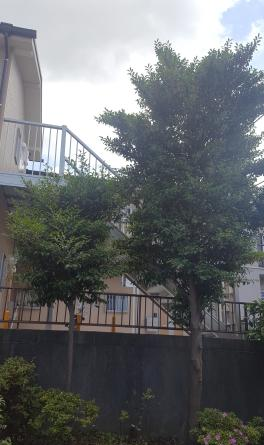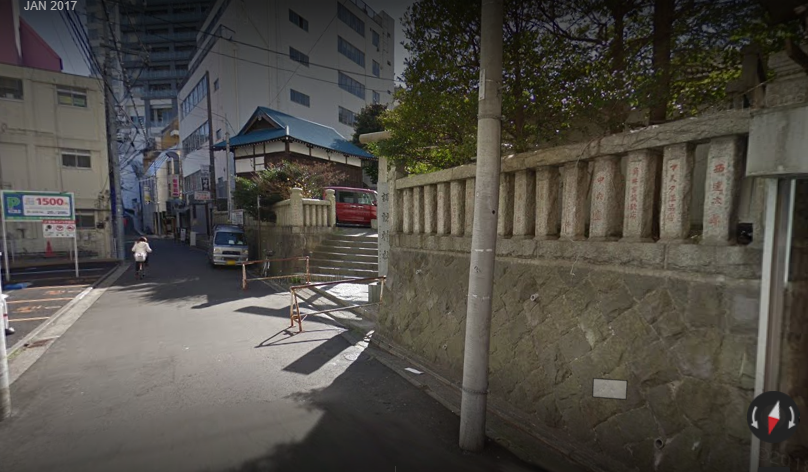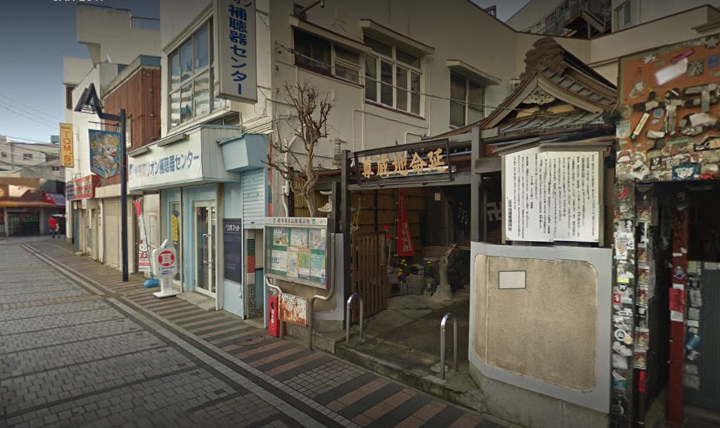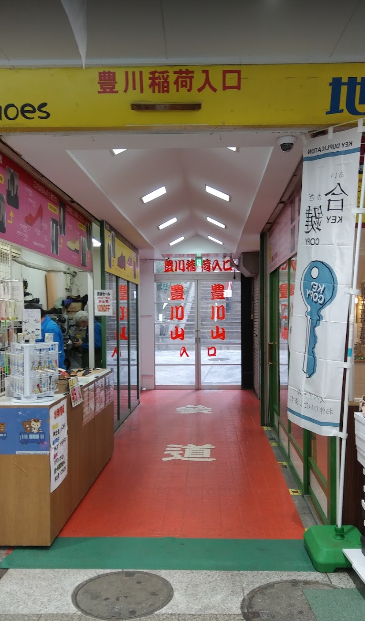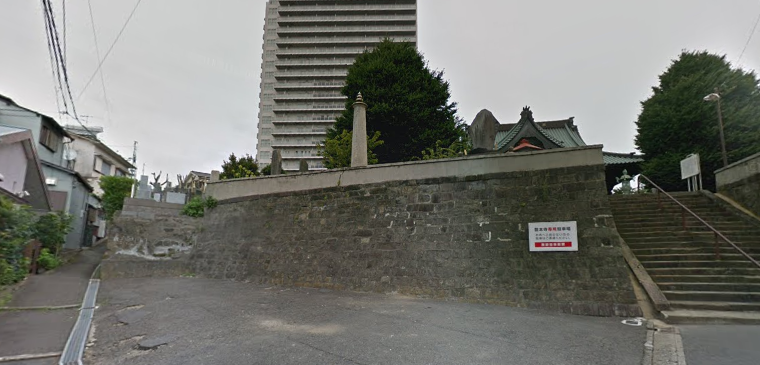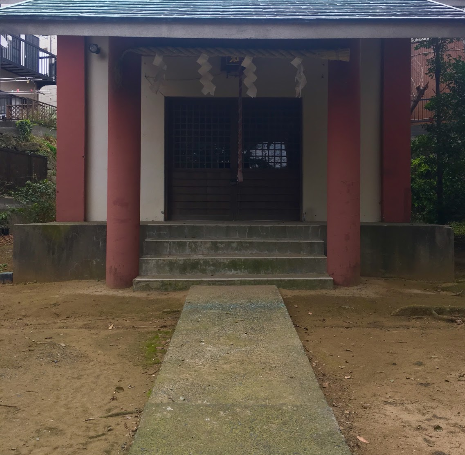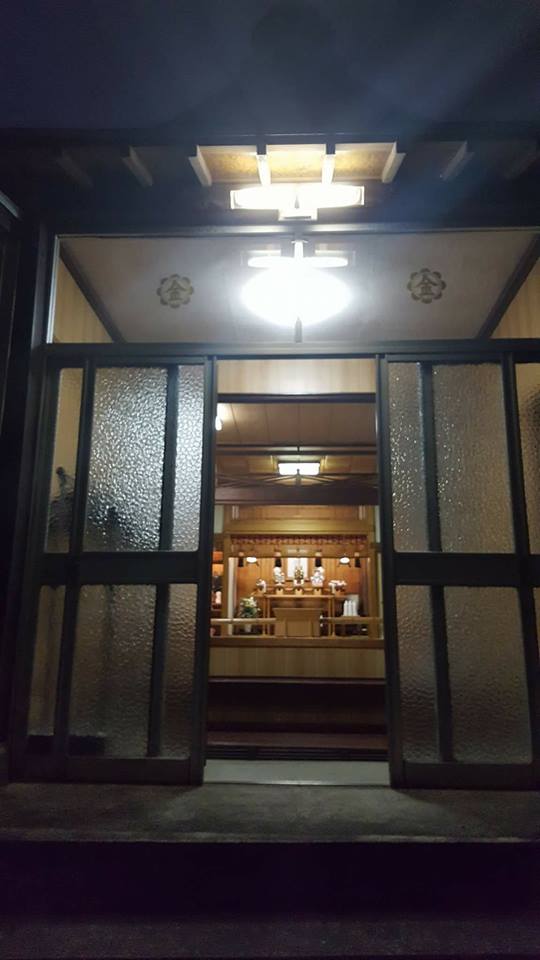This article will be a little different than my usual informational style, it is a more of an experience day to share! I hope you will also enjoy to read, and I’d love to hear your thoughts and opinions about this style too.
It helps me a lot to keep me writing. For informational posts, I often need to fact check, cross-check, have other priests read over the content, and read over them many times myself – so I can write unbiased and factual information. In combination with a hectic schedule, it takes a long time to post a new article. I really think quality is more important than quality – especially in informational posts. However, to keep things fresh, I do have lots of experiences living Shinto day to day. So I thought about writing them in the meantime as I work on the informational posts.
My thinking is, Shinto is a way of living as much it is a faith with myth, rituals, and beliefs. In addition to sharing what I know about the myths, rituals, beliefs, and customs, I also think it is good to share the day to day mundane life while practicing Shinto. That is, how faith is expressed in everyday life. That we don’t only experience the blessings of kami at shrines, but day to day (that is actually the origin of my blog name, living with kami!) So I hope you will enjoy to read these style articles too!
So, yesterday, I went with Masafumi-sensei, my partner who is also a priest, to Konkokyo Hongo shrine in Tokyo. He was invited to give a sermon there. In Shinto, especially Kyoha Shinto like Konkokyo and even Izumo Taishakyo, after a ceremony, a priest gives a sort of ‘sermon’ – but it is less like sermons in Christian church, and more like saying words of appreciation, giving shrine announcements, and then the main part is to share a faith story or spiritual experiences, or prayers answered they have had with the kami of the shrine, and/or elaborate on how to live with kami in our lives day to day. Masafumi-sensei’s sermon, for example, was telling the story of why he decided to become a priest, and how he helps people in his present life with Kami-sama since becoming ordained.
While Masafumi-sensei was invited to give a sermon, I was invited as well as a guest. I felt very humbled for the invitation, and I am always excited to see how each Konko shrine looks on the outside, the inside, how they decorate their altar, what prayers do they use, what rites do they incorporate, and so on. The beauty of Konkokyo is every shrine can do things in their own ways and have some flexibility how to decorate the altar or the order to use prayers, or what rites to include or omit, and I really love to see the diversity, and even get some good ideas for our shrine!
So, Masafumi-sensei and I first left from Yokosukachuo station at about 9:30am; we head straight into Tokyo but first got off a few stops early to have ramen at this really delicious shop, called ‘Himuro’ which specializes in Hokkaido style miso ramen. The food was absolutely delicious and great price too. If you find yourself in the area – I’d definitely reccomend to eat there!
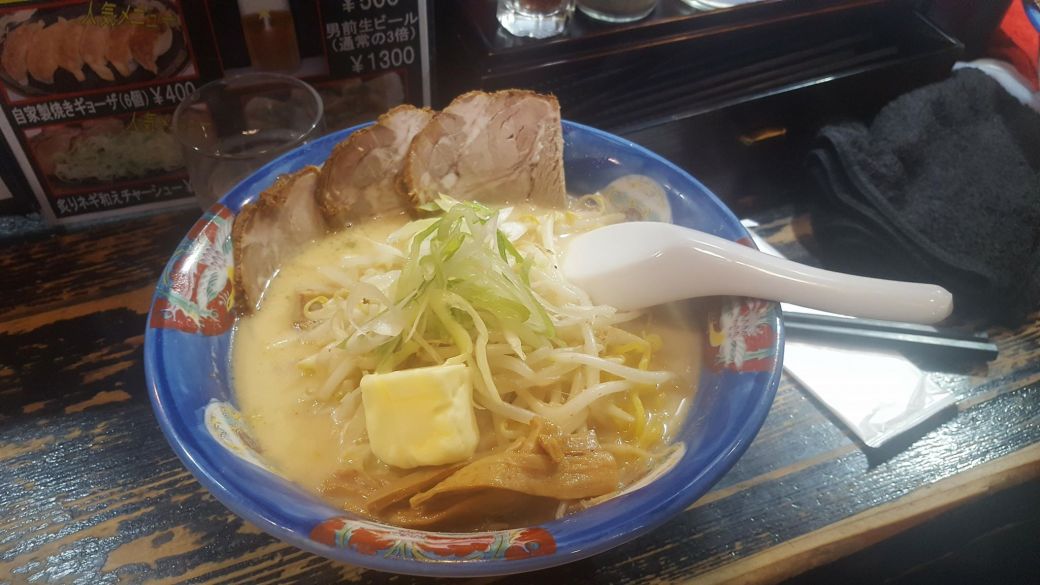
The super delicious ramen at Himuro !
Afterwards, we got back on the train and rode a few stops to the Hongo shrine. To my surpise, it was right beside Nezu shrine! Not even a 30 second walk, you could walk right from Konkokyo Hongo shrine into Nezu shrine. I was really shocked. Masafumi-sensei planned for us to visit Nezu shrine before we went to Hongo shrine, but I thought it would at least be a 5-10 minute walk judging from the map. But actually, they were next-door neighbors!
We walked around Nezu shrine for a little bit. I had been there once before, but it was raining, and much past 5pm so the gate to the shrine was closed. I never got to see the Haiden (worship hall) or pray to Susanoo no Mikoto, who is enshrined there. So, while it was still raining that day, (as fitting as the weather is for Susanoo no Mikoto!) I got to pray there and greet him, and I was really thankful I got a chance to come back.
Nezu shrine has a very interesting history in Tokyo. The legends say it was founded by Yamato Takeru no Mikoto, a famous prince in Japanese history, who was the son of Emperor Keikou. Emperor Keikou reigned traditionally from 71 to 130 AD, so Yamato Takeru is said to have lived about that era as well (though it is said he died in the 43rd year of the Emeperor’s reign, or 114 AD)
Yamato Takeru no Mikoto is said to have founded Nezu shrine originally in Sendagi, a location a bit north of the current location of Nezu shrine. The current location was built in 1705 on orders of Tokugawa Ienobu, and it makes it one of the oldest shrines in Tokyo. Unfortunately no remnants remain of the shrine from the original location, but the power of Susanoo no Mikoto enshrined is still very strong.
When I visited this time, I was in awe at the palace-like architecture and the deep inner haiden. I did not take a picture of the haiden out of respect and the general air not to take photos of inside, but I felt the power.
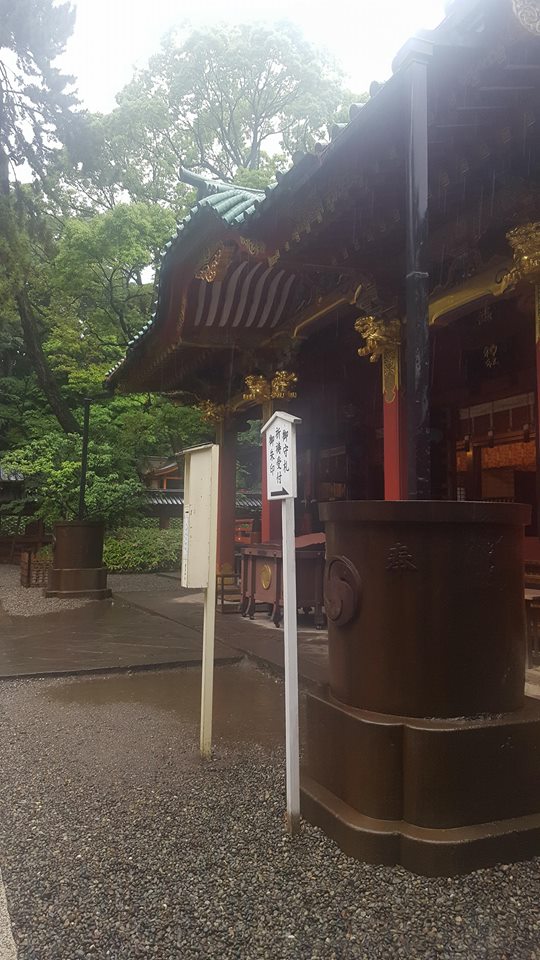
The side view of the Haiden of Nezu Shrine
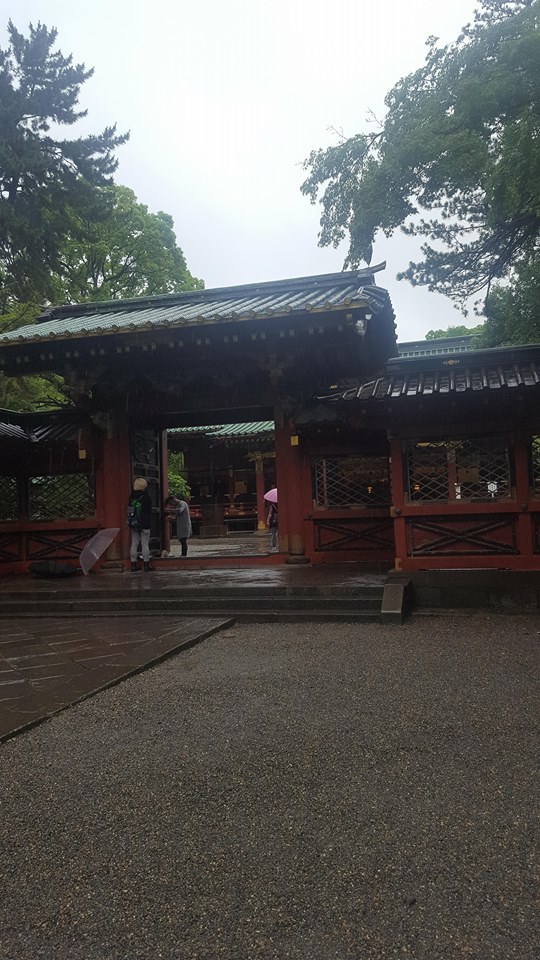
The gate of Nezu shrine, which was once closed
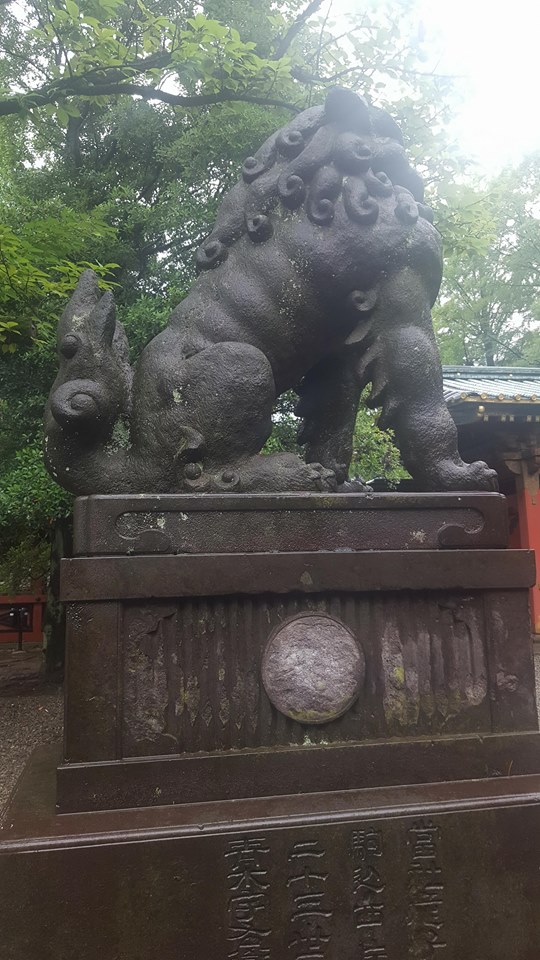
Back of the komainu of Nezu Shrine
Masafumi-sensei and I greeted Susanoo no Mikoto, and then we went on our way to Hongo shrine..which was still, to me, shockingly easy, Tenchi Kane no Kami-sama and Susanoo no Mikoto being next door neighbors! It made me really happy to see though. It reminded me how Konkokyo Shiba shrine and Hibiya shrine are also right across from each other, and give each other offerings for their ceremonies. I like that there is the sense of community.
As we approached Hongo shrine, it was also so beautiful and powerful. It is surrounded by trees and one particularly large, old tree. In addition, the shrine had been recently renovated, and smelled that lovely, addicting smell of fresh hinoki which I love! Masafumi-sensei and I were deeply impressed by the shrine – while we both love the scent of hinoki, what we loved was shrine also kept very traditional style.
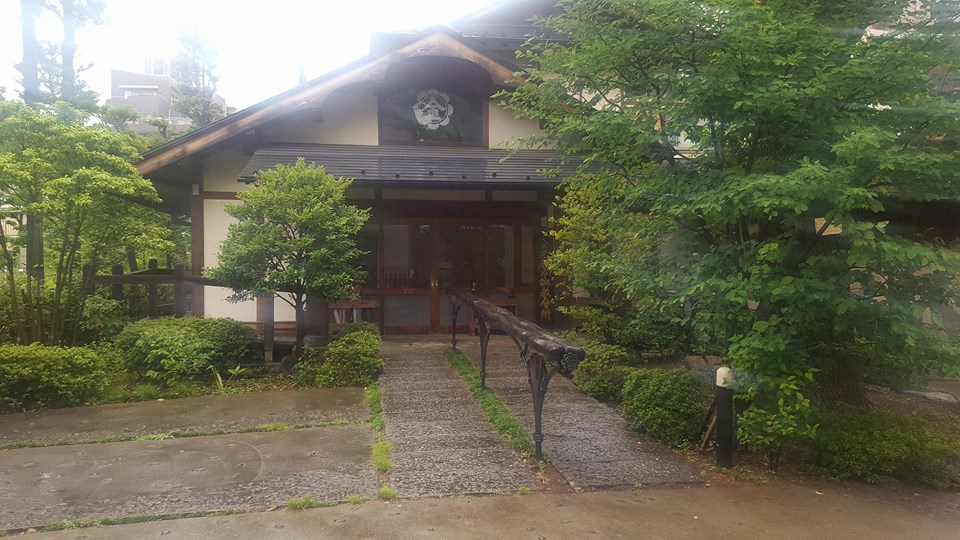
Front of Konkokyo Hongo shrine
An eight petal mirror on Kami-sama’s altar, shimenawa marking the sacred area, the large shrine doors that gave off Kami-sama’s usual strong, yet gentle and calming power. The Mitama no Kami (ancestral spirits) altar also had a very strong power too. After all, I thought, this is a sacred place of Tenchi Kane no Kami-sama, and the ancestral spirits who were the community of this shrine from many years ago, the virtue was definitely felt strongly here too, and I was so glad.
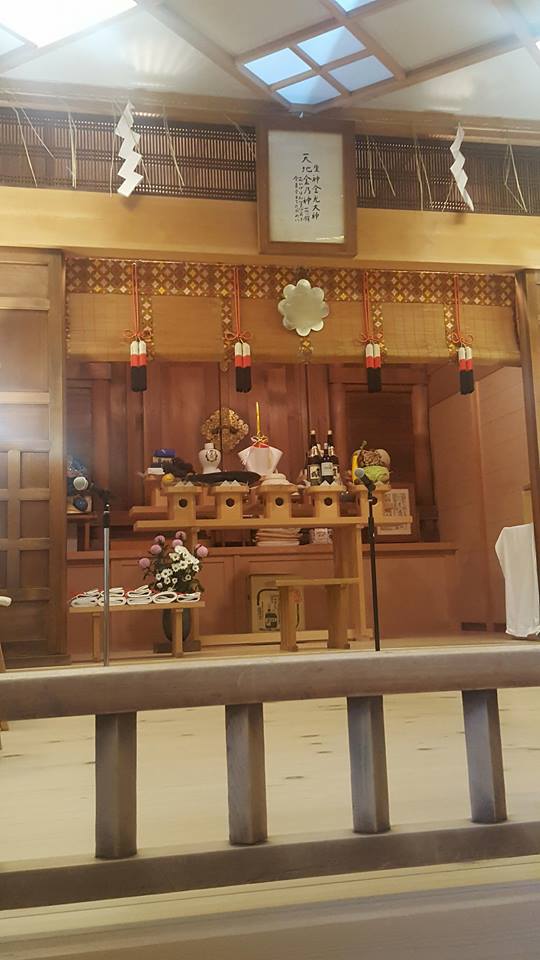
Tenchi Kane no Kami-sama’s altar at Hongo shrine
When we got there, we purified our hands and mouth at the temizuya (sacred fountain for cleansing), then head inside. We prayed to Kami-sama and the mitama-sama, then did toritsugi mediation (mediating to Kami-sama via the priest there to give thanks for getting to the shrine safe) and gave our offering for the Grand Ceremony.
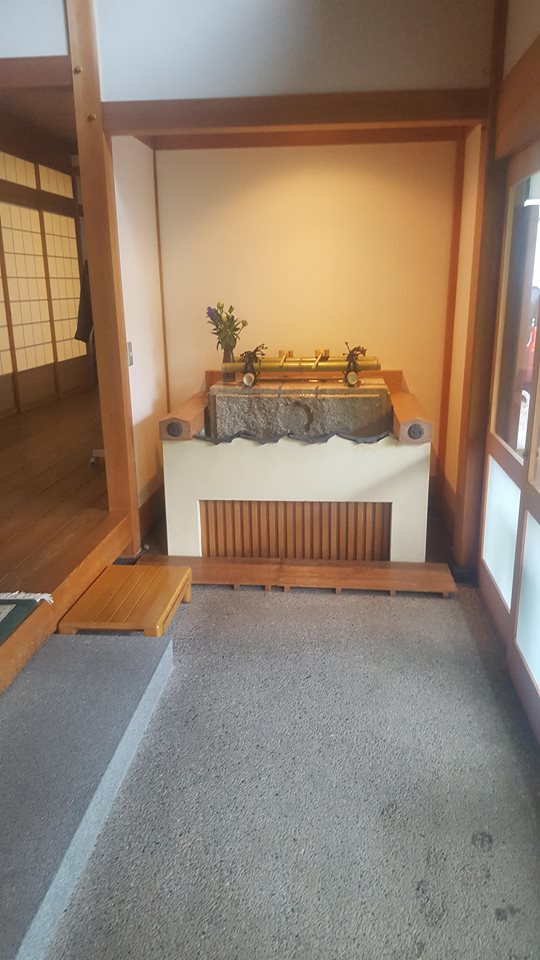
Temizuya at Hongo shrine
I also expressed my awe for the altar, and thankfully was given permission to take photos! I couldn’t stop taking them; I wanted to capture the beautiful altar and sense of tradition the shrine kept. I also had in my mind to incorporate the altar style and shimenawa at our shrine too from before, so it felt like Kami-sama was confirming my idea, and showing me a good example I could bring back home to our shrine. Definitely, on our way home, Masafumi-sensei and I could not stop talking about the ideas and ways we wanted to incorporate to renew our shrine as well, especially for our upcoming 120th anniversary.
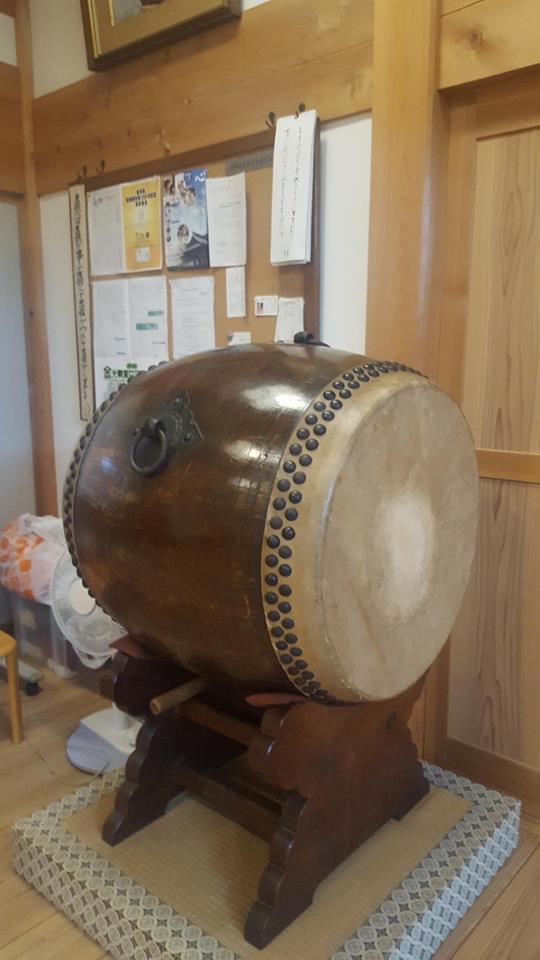
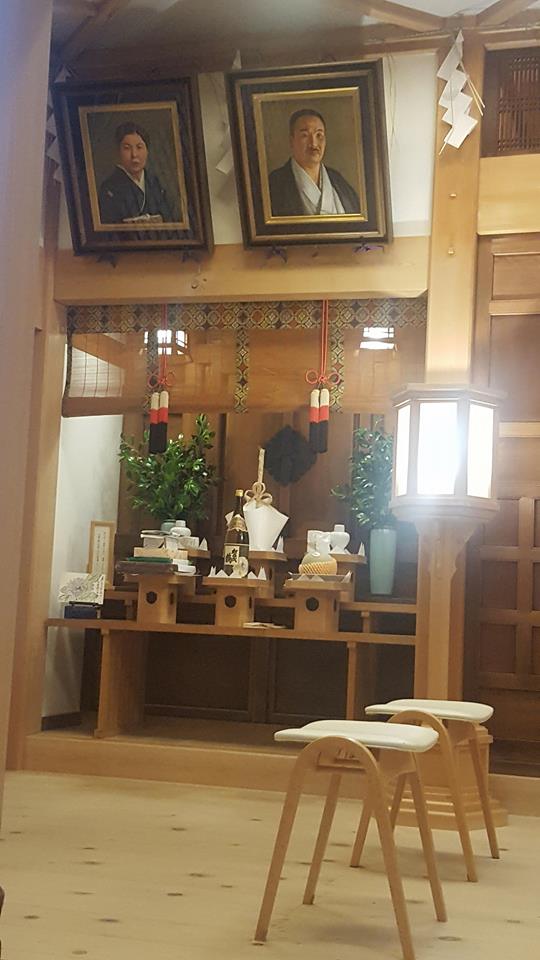
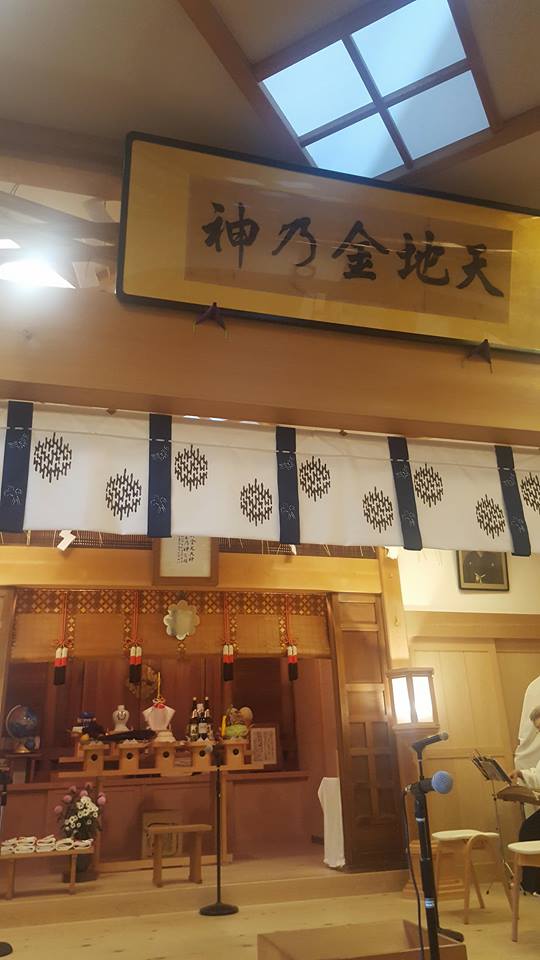
Snapshots of Hongo shrine – the taiko drum at the back of the worship hall, the Mitama (ancestral spirits) altar, and a framed writing that says “Tenchi Kane no Kami”
We were then invited to a break room where Masafumi-sensei could prepare his sermon, and we were given tea and snacks as well. Even the teacup has a cute little Konkokyo crest that was visible once you drank the tea! I definitely wanted those cups for our shrine too.
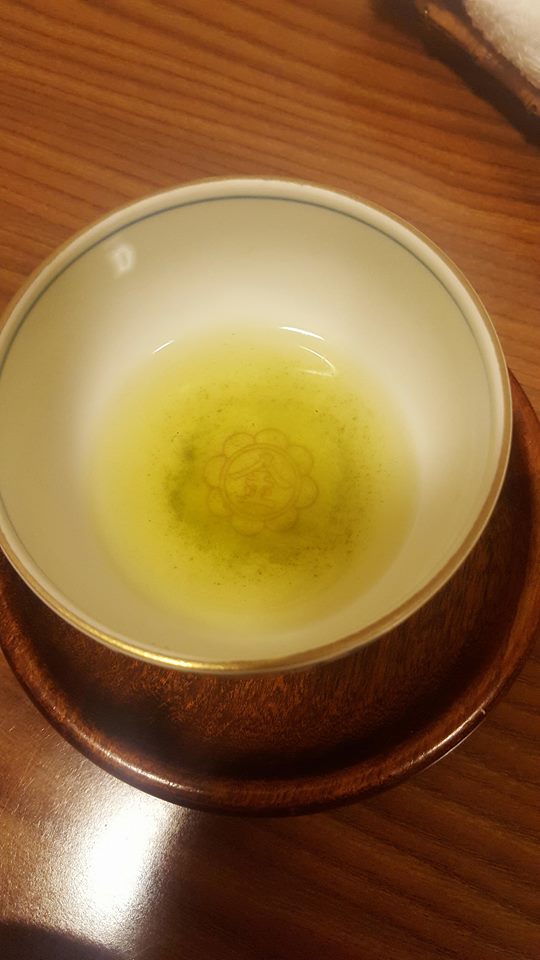
The ceremony began, and since Masafumi-sensei and I were not officiating, we head to our spots inside the Haiden (拝殿 lit., worship hall) or otherwise known as a Hiromae (広前lit., vast place) for Konko shrines in particular. We sat in the front, and during the ceremony were also able to offer tamagushi together.
When I went up to offer the tamagushi, I felt a very special moment. I realized it was actually my first time offering tamagushi together with Masafumi-sensei. Usually, I offer it on my own, or he offers it on his own, but this was our first time together. I felt very moved to be able to present our tamagushi together to Kami-sama. It was a moment that I felt very humbled and grateful for. It may sound odd, but somehow being able to offer together to Kami-sama felt very happy for me.
After the ceremony, Masafumi-sensei gave his sermon. I felt really glad he was able to share his story with the worshippers there. He has a very intense life story and while I won’t write about it here for now, as it is his story, many people were moved by listening and he hoped that they would be able to develop their own connections and trust in Kami-sama, and inspiration to help others when they can, listening to his story.
Afterwards, we enjoyed a small snack of melon and tea, and then head out for onaorai (a sacred feast after the ceremony). We went to this very upscale restaurant and enjoyed many variations of foods, such as pasta, sashimi, oysters, and more. I was eating and eating since I didn’t want to waste any food and super grateful for the opportunity, but at the end of it I ate too much after all.
While I was viewing all the foods at the feast, I felt grateful to Kami-sama. Not only for me being able to enjoy eating, but for all the blessings of nature that was within the feast. Giving gratitude for the fishes’ life, the oyster’s life, the meat in the pasta, as well as the work done to cultivate and create the pasta itself, the other food the chefs prepared and served. I felt very grateful for the meal.
The feast ended, and we said our thanks and goodbyes, and head back home. We walked around a bit to check out some shops, but it was raining and already getting late. However, we were grateful for the rain too, as it was a nice cool break from the recent heatwave, and comfortable walking weather. We finally got home about 9pm, and we had been out almost a full 12 hours! However, we could sleep peacefully that night, moved by the visit to Hongo shrine, and the good experience to visit Nezu shrine and walk around Tokyo too.
I prayed at our shrine to Kami-sama, thankful for the events of the day, especially how Masafumi-sensei got to share his story in his sermon, and how we got to offer tamagushi together for the first time. I was thankful I was able to finally greet Susanoo no Mikoto at Nezu shrine in particular, and watch how the ceremony was done at Hongo shrine, as well as be inspired by the traditional style, and feel confirmed about how to renew our shrine too. I felt thankful that the day, while tiring, was really a day I will keep in my memories, and continue to reflect and learn on, and be able to share with others in the future as well.

